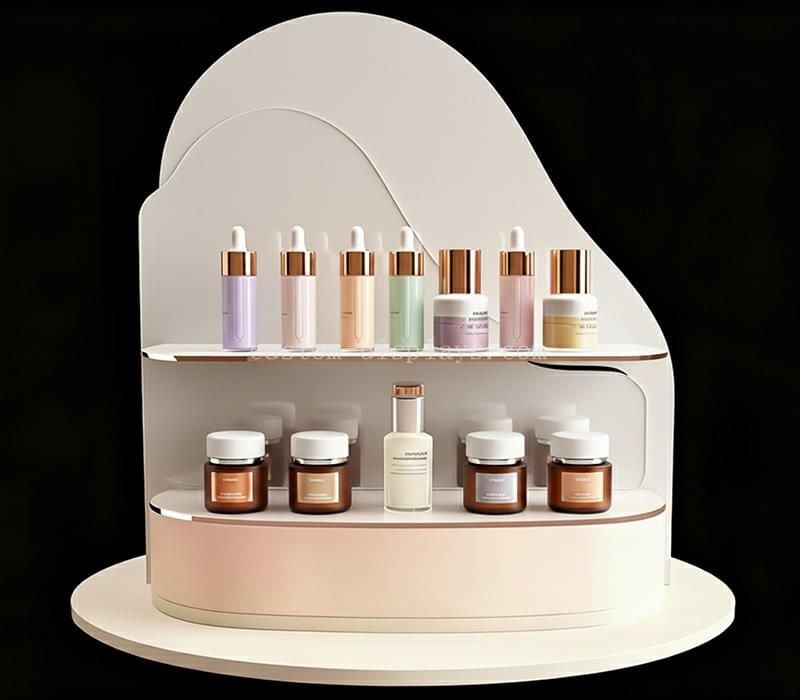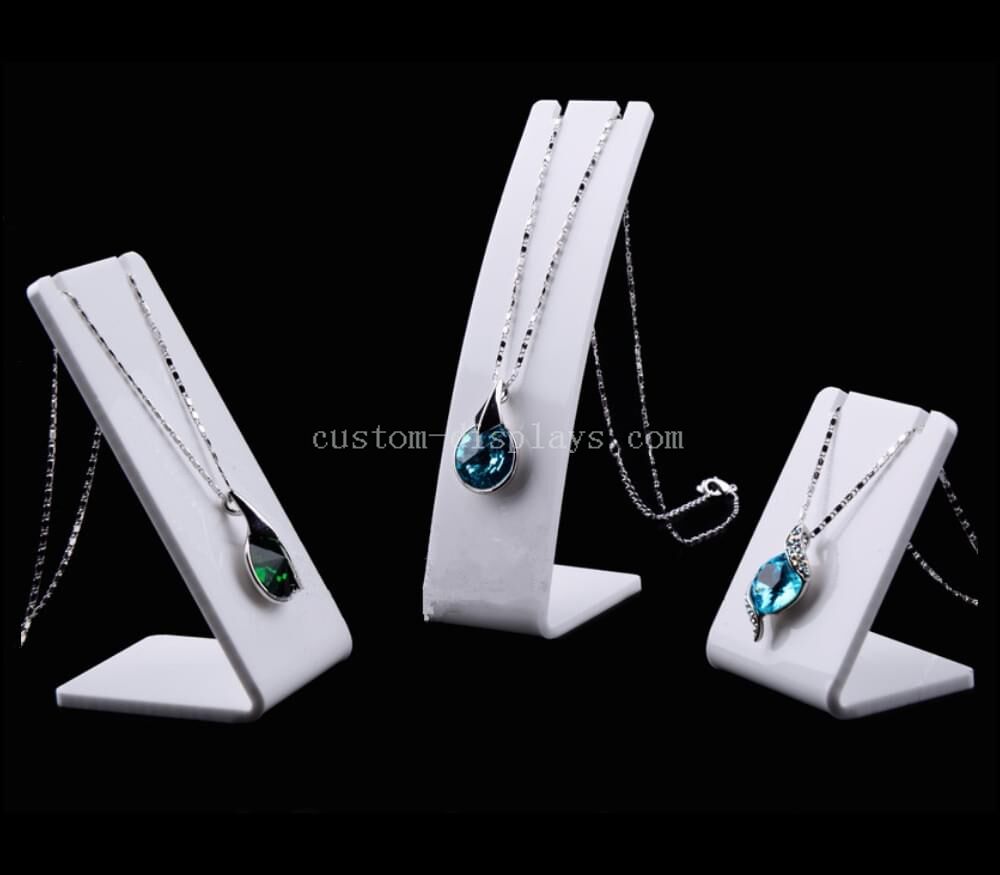You’ve seen them everywhere – in chic boutiques, at professional trade shows, even elegantly holding your favorite perfume on a bathroom vanity. Acrylic display stands have a magical way of making almost any product look more premium and organized. But when it comes time to choose one for your own needs, the sheer number of options can be surprisingly overwhelming. How do you pick the right one?
Don’t worry, you’re not alone in this. Selecting the perfect acrylic stand isn’t just about grabbing the first clear piece of plastic you see. It’s a thoughtful process that, when done right, can dramatically enhance your product’s visibility and appeal. Let’s break it down into two simple but critical questions: what style do you need, and what size is actually going to work?



First Things First: Why Acrylic Anyway?
Before we dive into styles, let’s quickly touch on why acrylic is the go-to material. Simply put, it’s the illusion of glass without the major drawbacks. Acrylic is incredibly durable (it’s about 17 times stronger than glass), it’s lightweight, and it’s crystal clear, offering fantastic clarity. It’s also versatile, allowing for laser cutting into virtually any shape. Most importantly, its transparency creates a “floating” effect, putting all the focus squarely on your displayed item, not the stand itself.
Step 1: Finding Your Style – It’s All About the Product
The style of the stand should be dictated by what you’re displaying. Think of the stand as a supportive friend for your product; its job is to highlight the product’s best features.
For Small Items (Jewelry, Keychains, Small Cosmetics): You’ll want stands that prevent items from getting lost. Risers or mini pedestals are perfect for creating different levels in a display case. Tiered stands are fantastic for maximizing space and organizing small items by type or price. For rings, cone stands or ring bars are a classic choice.
For Flat or Leanable Items (Art Prints, Books, Tablets, Signage): An easel-back stand is your best friend here. It’s the simplest and most effective way to prop something up at a slight angle for easy viewing. They come in countless sizes, from tiny ones for business cards to large, sturdy ones for menus or framed photos.
For Apparel, Bags, or Larger Products: You need a stand that provides structure. A T-stand is ideal for hanging shirts or lightweight jackets. For handbags or hats, a simple box stand or multi-tiered shelf unit can create a clean, boutique-like presentation.
For a Custom or High-Impact Look: Sometimes, a standard shape just won’t cut it. This is where custom-cut acrylic comes in. If your product has a unique shape, a custom-made stand that cradles it perfectly can be a real showstopper. It’s more of an investment, but the professional result is often worth it.
Step 2: Nailing the Dimensions – Measure Twice, Order Once!
This is arguably the most common pitfall. Getting the size wrong can make a beautiful product look awkward or, even worse, make the stand unstable.
- Measure Your Item Precisely: Grab a tape measure. You need the length, width, and height of your product. Don’t eyeball it! For a stand that will sit underneath an item (like a pedestal), the top surface of the stand should be slightly smaller than the base of your product. You want the product to be the star, not the platform it’s sitting on.
- Consider the “Footprint”: How much space do you have on your counter, shelf, or in your display case? This is the stand’s footprint. A common mistake is choosing a stand that’s too wide for the available space, making the entire display look cramped. Always leave a little breathing room around the stand.
- Think About Height for Impact: Height is a powerful tool. A taller stand can make an item more visible in a crowded environment (think a perfume bottle on a busy retail shelf). However, if you’re displaying something on a high shelf already, a shorter stand might be safer and more proportionate. If you’re using multiple stands together, varying heights can create a dynamic and engaging visual landscape.
- Stability is Non-Negotiable: A wobbly stand is a disaster waiting to happen. The base of the stand needs to be large enough and heavy-duty enough to support the item securely. If you’re displaying something top-heavy, like a tall vase, you need a stand with a particularly wide and sturdy base to prevent tipping. When in doubt, lean towards a slightly larger base for peace of mind.
Bringing It All Together
The perfect acrylic display stand is a harmonious balance of form and function. It should complement your product’s style without overpowering it, and its size should provide a stable, perfectly proportioned stage.
My final piece of advice? Don’t be afraid to order a single sample first. Seeing and feeling a stand in person, and testing it with your actual product, is the best way to be 100% confident in your choice. A little bit of planning goes a long way in making your products shine their absolute brightest.
What are you planning to display? Share your ideas with us
